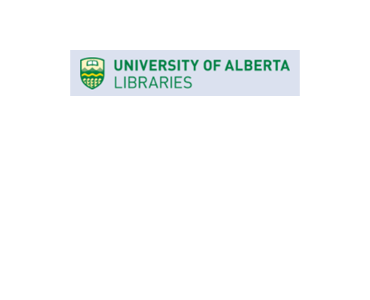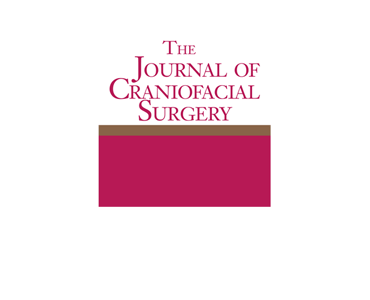Customized Three-Dimensional Printing Spacers for Bone Positioning in Orthognathic Surgery for Correction and Prevention of Facial Asymmetry. S Dumrongwongsiri, HH Lin, LS Niu, LJ Lo.
Date: August 2019. Source: Plastic and Reconstructive Surgery: Volume 144, Issue 2, p 246e-251e. Abstract: Orthognathic surgery is a powerful tool for correction of facial asymmetry and malocclusion. The goal is to achieve good dental function and facial aesthetics. Three-dimensional simulation is used for surgical planning, and bone gaps could be created to achieve facial…







